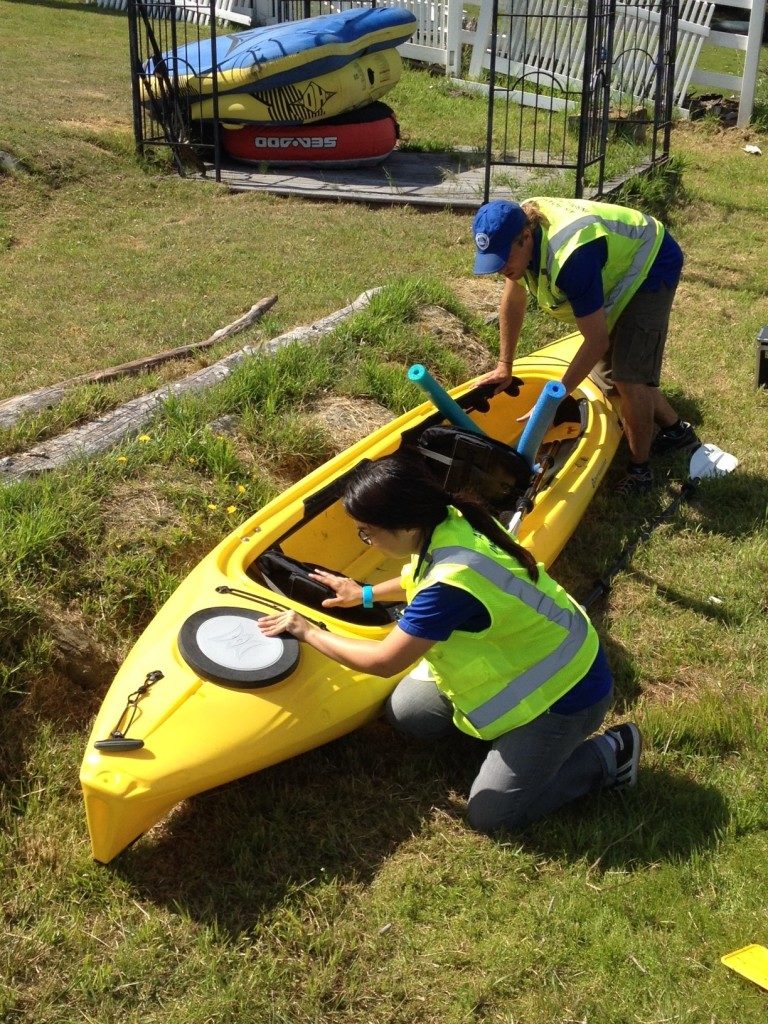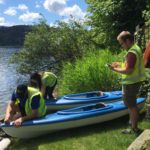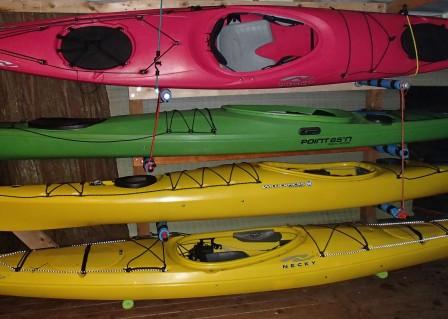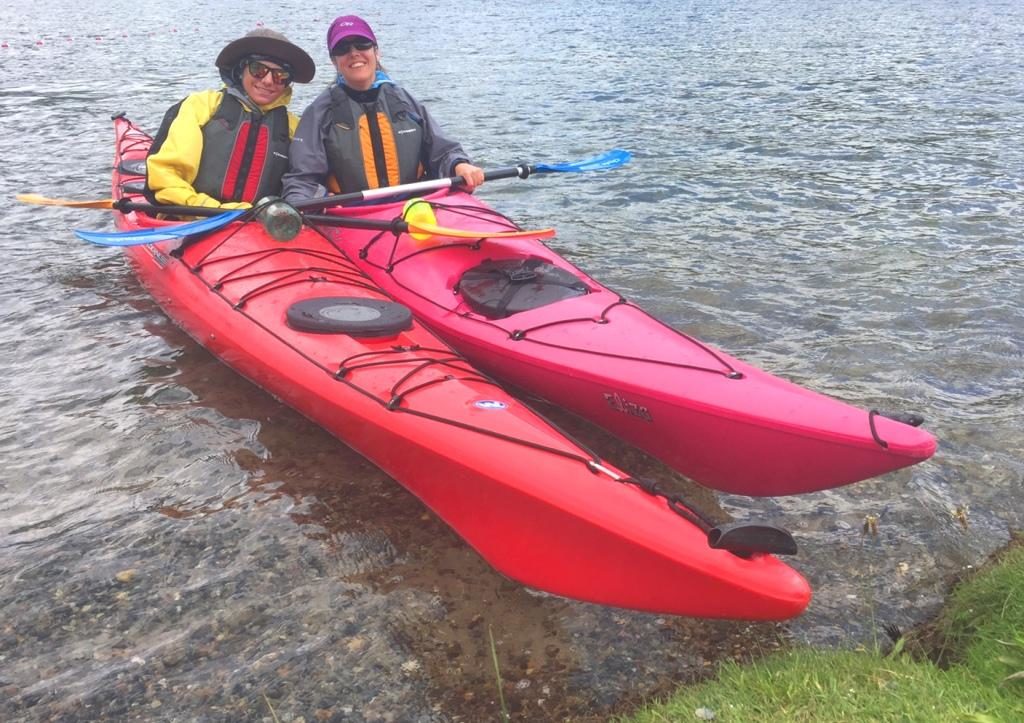The Aquatic Invasive Species boat inspection “Open House” at the Sudden Valley Marina will be held on Saturday, April 13th, from 9 am to 3 pm. This is a GREAT opportunity for kayakers, canoeists, and other boaters to bring their watercraft to a central location for the inspection and to get your 2019 sticker.
Remember that if you plan on using your craft on Lakes Whatcom and Samish, you MUST have a valid sticker affixed to your boat; and this applies to motor boats, kayaks, and canoes. You will need to take the on-line class and successfully pass the short test BEFORE you bring your boat to be inspected.
For additional information, go to www.whatcomboatinspections.com. For kayakers, the $10 fee is waived by passing the test and can be applied to multiple kayaks.







